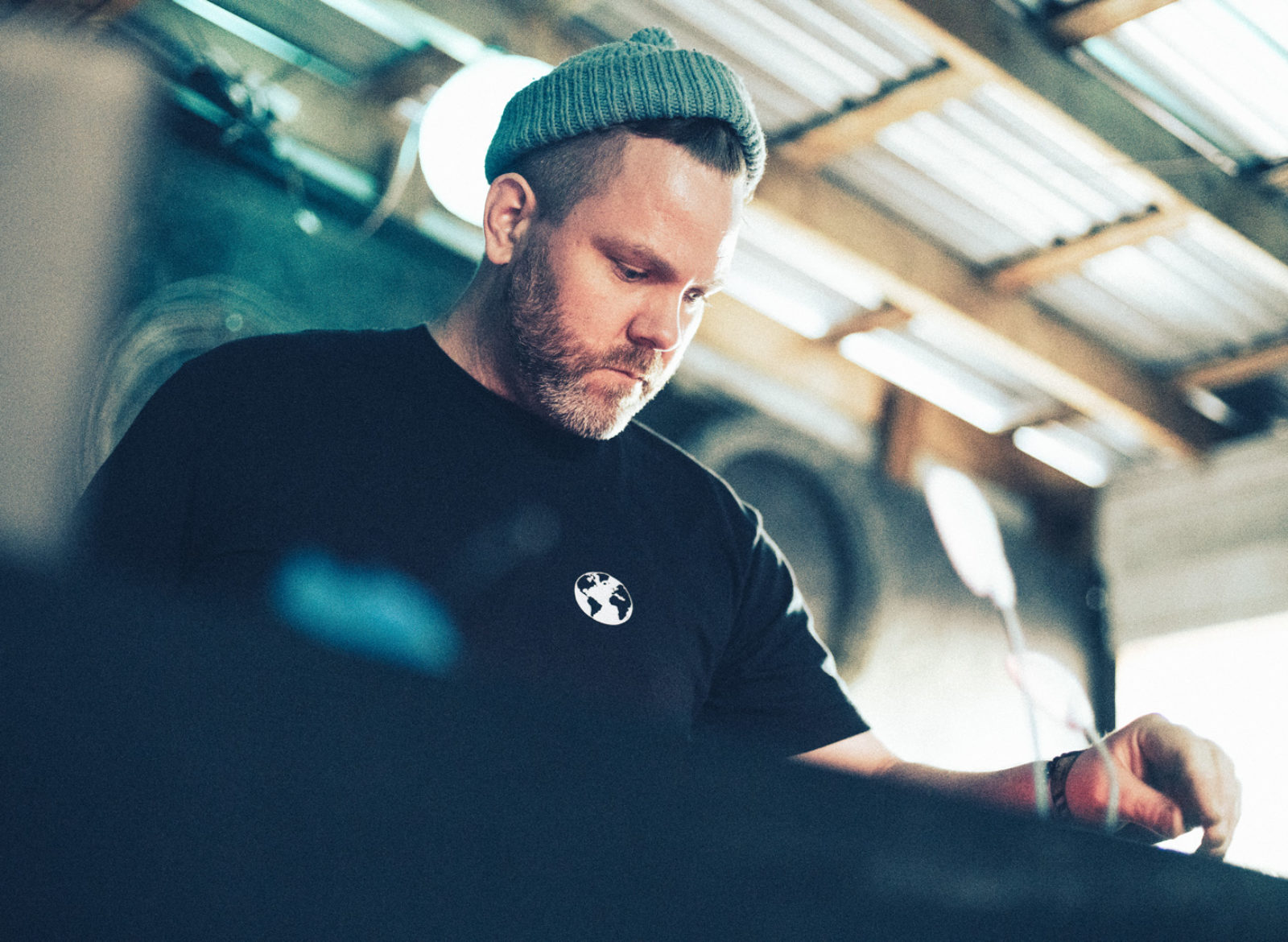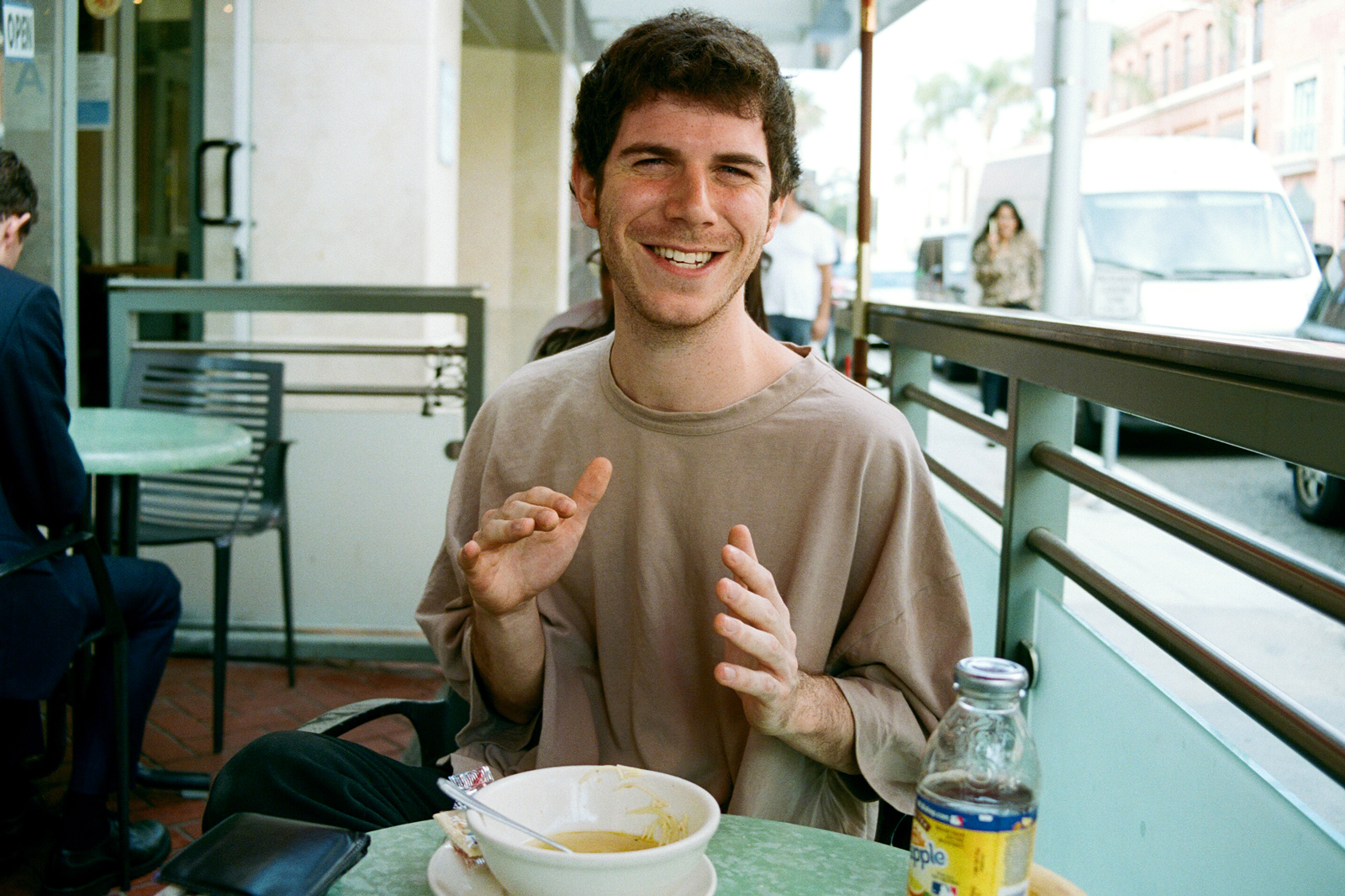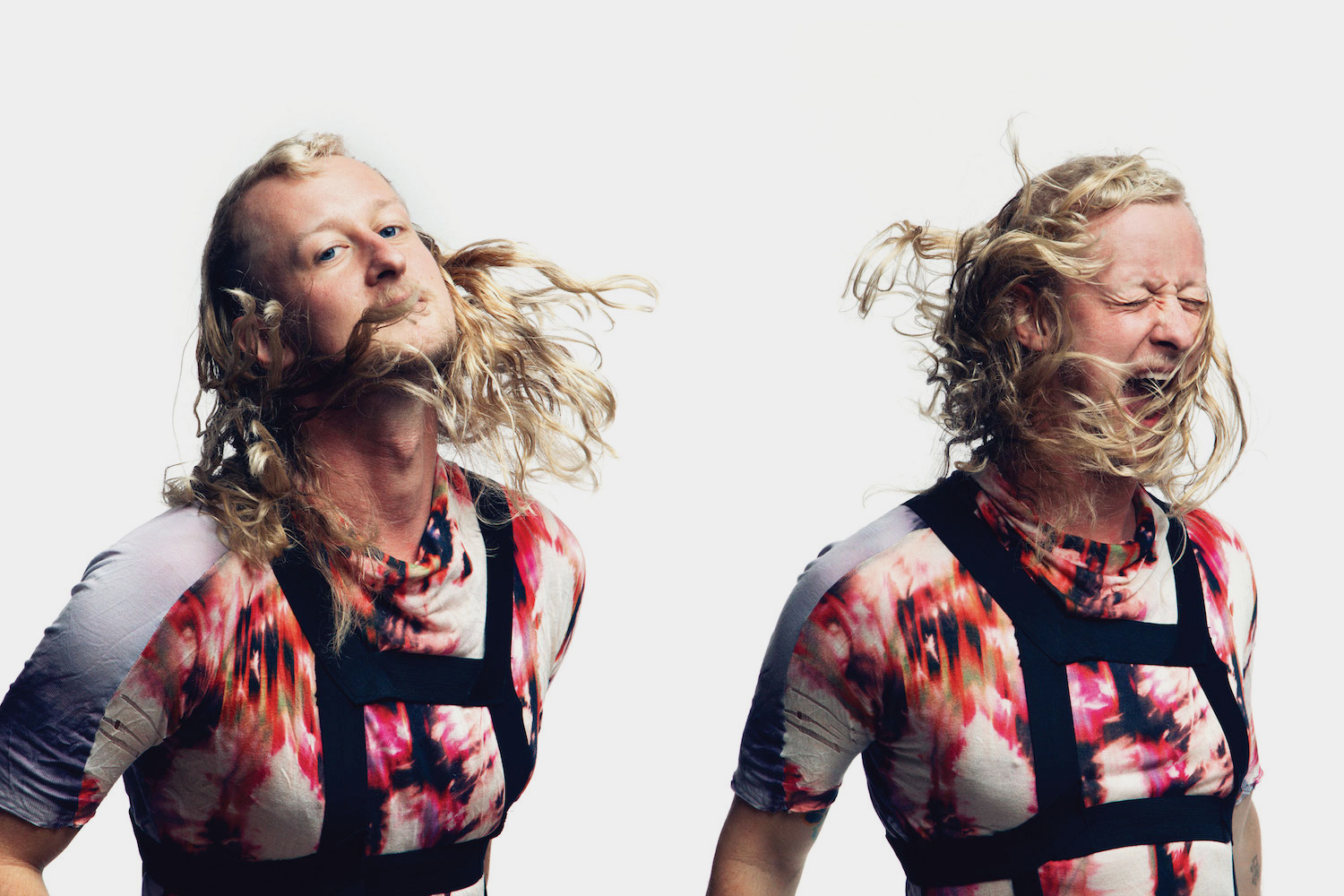Text & Interview: Andy Fenwick
Photo: Jason Mannings
A deep fan of dub or dubstep would be forgiven for placing Souns’s Aquamarine squarely in the ambient genre, at least following an initial listen. There’s nothing outwardly suggesting Lee Perry, King Tubby, Mad Professor, Burial, David Cunningham, etc. on Aquamarine. But amid Aquamarine’s winning use of tone, wind chimes, underwater field recordings, and an almost total lack of obvious percussion (we’ll get back to that), dub works like a fully absorbed compositional tool for Souns. It’s a ghost in the machine. A chimeric aesthetic. Whatever passes for “ambient dub’ these days rarely digests dub to the point where it’s not immediately identifiable, but Aquamarine does, and that’s how Souns offers a breathtaking ambient version of dub, and not vice versa (and that’s an important distinction).
Then again, this isn’t surprising, considering Souns is Vancouver’s Michael Red, who, among many other pure projects, is one half of the experimental dub duo Chambers. On Aquamarine, “Echoes in the Forest Part 2” manipulates unpredictable, nearly staccato cuts of sound, like TV white noise, atop the fading final seconds of piano notes, with wind chimes the only constant. It’s certainly cinematic, as the title suggests, as if something is coming through the titular forest, and not just echoing there. Touches like those chimes fall throughout Aquamarine; final track “The Sound” literally employs the sound of a submarine as it gains momentum with an ominous sub-tone, and washes of static, and a whispering voice.
About that lack of percussion: Instruments other than drums leading the beat has always been a key feature – and some say the best feature – of the dirtiest, hardest dub, those moments when a piano chord replaces percussion in passages, or where drums are reduced to echoes while bass, or guitar, provide propulsion, or – more importantly – the producer’s manipulation of echo, or repeated sounds, creates the beat.
By discarding percussion altogether, or, more likely never conceiving of any in the first place, Souns takes a perfectly understandable – and purifying – step for ambient dub. Red himself might not fully agree, but some of Aquamarine, like the submarine-and-voice “Echoes and Shadows,” or “Sun Inside the Sun” (which, I think, includes the sound of a solitary firework, or bomb) qualify as head-nodders. As in, if you open yourself to them, you can hear the same hidden beats that ghost more subtly rhythmic free-jazz and ambient excursions of Don Cherry, Sun Ra, Jane, or Flying Lotus.
Were the musical ideas in your Souns recordings always in your toolbox, or was there an ‘ah-ha’ moment, or a specific urge that it all launched from?
The tools and desires were always present. If there was an ‘ah-ha’ moment, it was recognizing what was already there and naming it. Compared to my other projects, Souns is less about specific motivations or framework. Processes are improvised, or guided, and the results are less predictable or calculated. Although I will say, in recent years sometimes there is clear intent to create something that will relax and unravel me, and hopefully others.
Souns isn’t immediately reminiscent of dub (like the best dub), but would you say it leans toward dub, like your work in Chambers? I hear some dub-by treated percussion,
no?
Dub in a near inescapable part of my musical DNA. I forget when it was exactly, but I do clearly remember when I realized that dub is an element in *all* that I do. I’ve spent a lot of time immersed in musical and historic and cultural research around dub music. I’ve played shows and hung out a bit with Mad Professor, who’s No Protection album [with Massive Attack] remains a massive influence on me, which was such an honor. I was invited to dub out Horace Andy and his band, live at a festival in New Zealand once, which felt incredibly validating. I consider myself forever a student of dub. All my remixes are guided by dub ethos too – no new audio materials, preserve the song’s sequence, and experiment broadly and adventurously. A lot of Souns material puts dub aesthetics under a microscope, instinctually, and explores very specific ideas – like taking a singular dub techno stab sound and making an entire tune out of exploring different treatments to that one sound.
Talk about the sounds on Aquamarine that recall bells, or chimes, or even the sonar-like
ping on “The Sound.” What are they/how were they made, exactly?
I’ve long been interested in sounds from inside the ocean and have worked them extensively. I believe that sonar ping sound in “the sound” comes from a recording of a submarine in the Atlantic. I also work extensively with sacred and healing sound – different bells and chimes and tones from different traditions. I have a mild obsession with wind chimes and bells in general, and have several handfuls of my own recordings of wind chimes I’ve come across. The tones heavily featured in “The Sound” are Solfeggio frequencies that I created using a simple tone generator, and actually that song was a bit of a personal experiment to see if I could detect or feel any results from those frequencies. At the time I discovered Solfreggio frequencies, some years ago, there were only two web pages online that talked about them and they both referenced each other. So they seemed a lot more potentially sketchy and unknown at the time, hence the experiment to explore them for myself – and I should say, that I am personally convinced they have worthwhile qualities beyond simple audio.
There’s a voice whispering in “The Sound” – what’s it saying?
It’s saying … “the sound,” heh heh. I think my idea at the time had to do with stripping an idea down to its essential core. Like, if there was one single primary tone sequence of healing, returning to original pure form, it would be “the” tone or “the” sound. the Solfreggio tones I believe follow the same sequence as how the flower of life/star tetrahedron is said to build itself, from nothing to completion. and that sequence, off the top of my head, starts with one then jumps to a fifth, then down to a fourth, and onwards from there. I enjoy that sequence because it makes the most logical sense to me – the natural path of least resistance and energy is of course from one to a fifth, because it the most universally felt good-feeling interval.
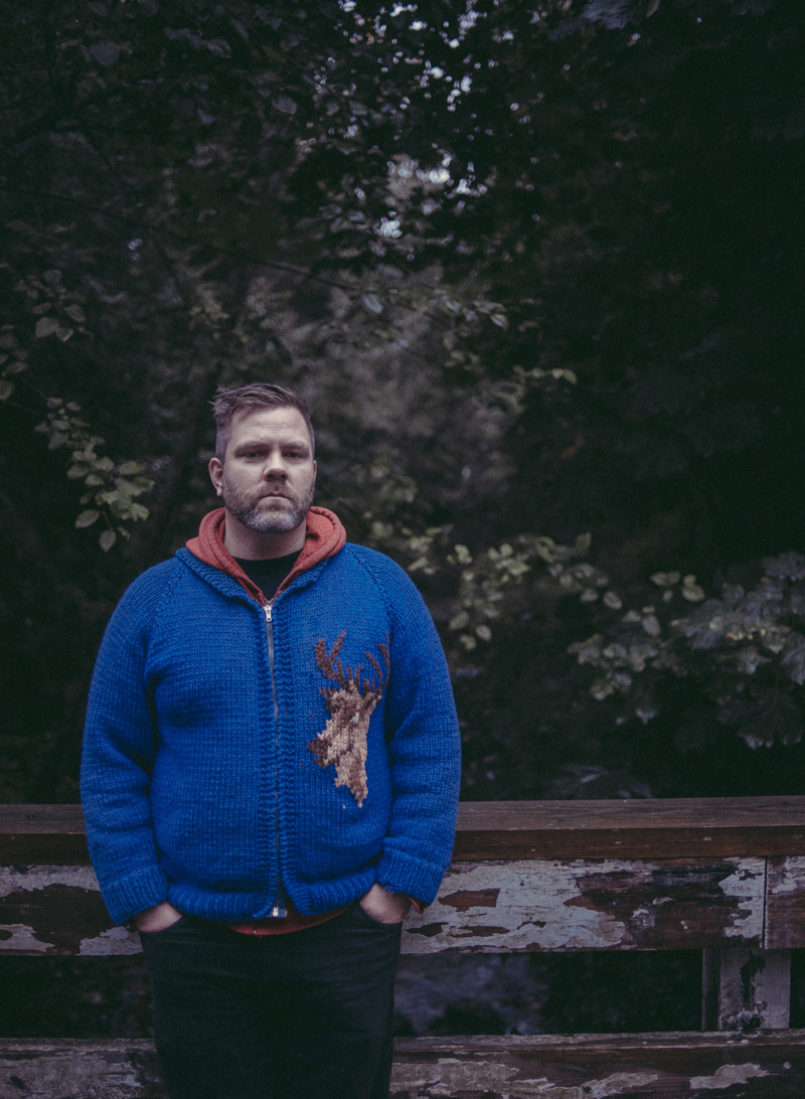
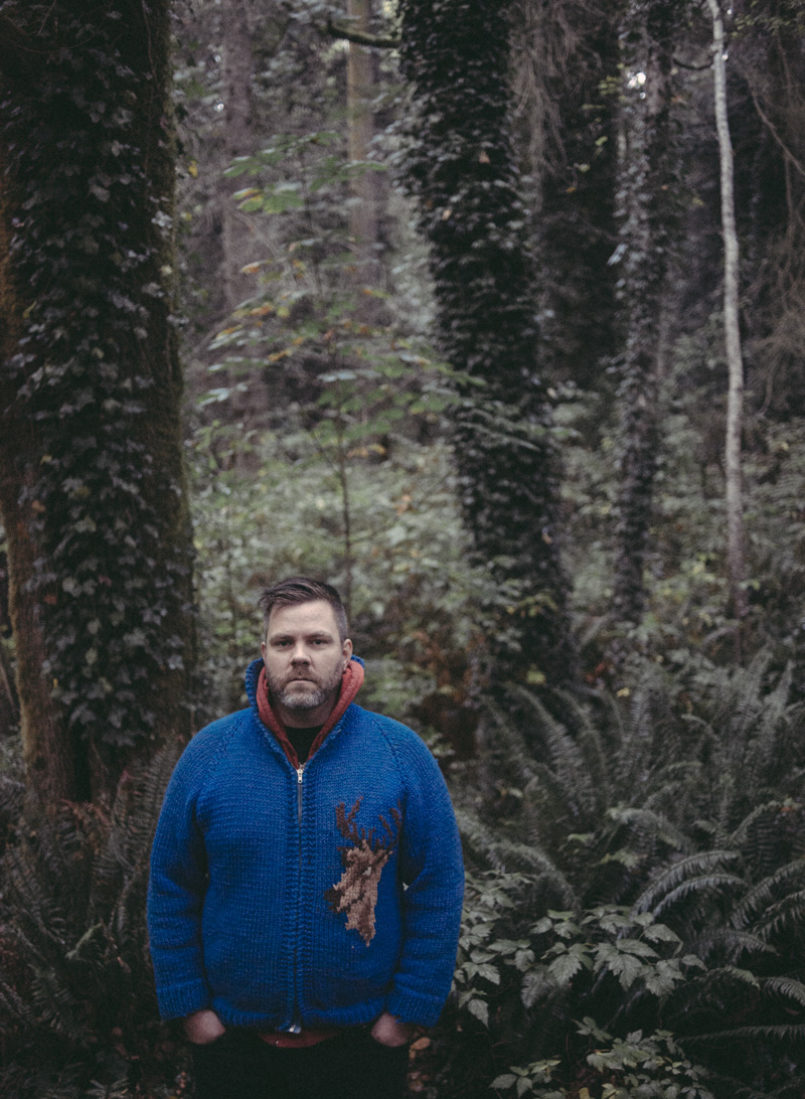
I’ve long been interested in sounds from inside the ocean and have worked them extensively.
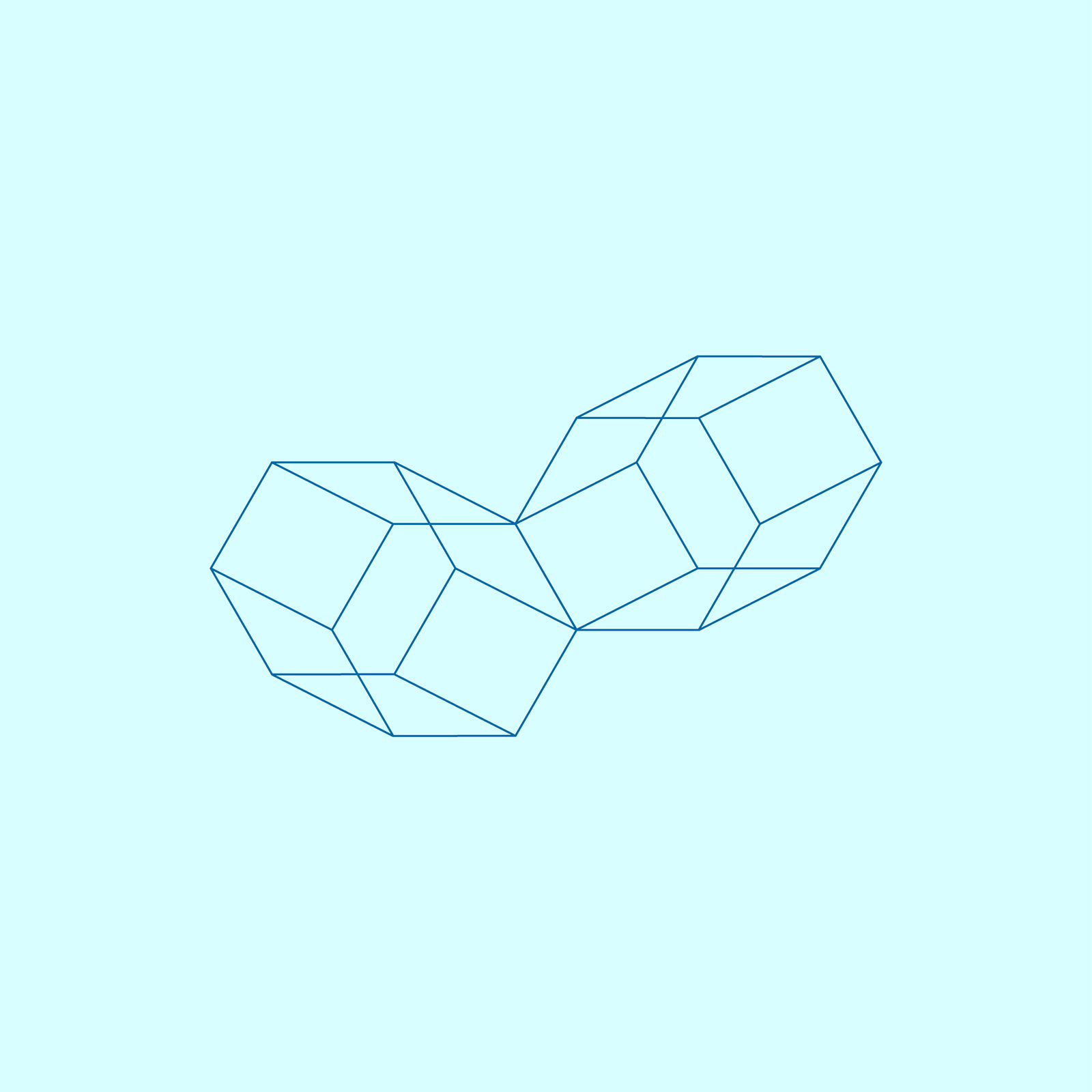
What equipment/hardware took prominence in the making of Aquamarine, if anything?
It’s primarily “in the box” with Ableton on a laptop, although my process does rely heavily on full-song improvised takes of working various parameters on physical midi controllers. Lots of layers of those live takes will go on top of each other and then I’ll edit other aspects of the audio to make sense around those captured improvisations, instead of editing the automations to fit the existing audio. I find that lends to more “life” in a track. I also use lots of field recordings that I’ve compiled over the years. I have a pretty big collection at this point. For field recordings, I’ve used various cassette recorders, portable DAT recorders, minidisc, digital recorders like the h1, cellphones, various mics straight into the laptop even.
I love the video for “Better Half.” How did it get made?
My friend Jonny Ostrem made that and I absolutely love it. Jonny is totally world class and I am very lucky to know him. We’ve worked on several projects together, and hang out a bit as friends, so we have a pretty good understanding. He just took that tune and went with it. I know his talent well enough to allow him full creative reign and trust that the product will be incredible. What’s especially interesting is that, without hardly any dialog between us, Jonny fully visually represented some very specific intentions and thoughts I embedded in that track. Honestly, I’m still reeling from it. It’s hard to describe how validating it is for one artist to reflect back to you an exact understanding of what you were attempting to non-verbally communicate. I hope to work with Jonny again and again.
I also like the track with Synkro (“Smoke Mountain”) on the Low Indigo Bandcamp. Any plans to work more with Synkro?
Absolutely. Synkro and I have been trying to get back together in the same place again to do some more collabs. It’s inevitable, I would say.
I like my collaborations to be in person and try to keep things completely off the emails and the internet, if at all possible. I won’t start a project like that with anyone unless there’s a good chance we can finish it together in person. It’s more fun and more authentic and it’s all about getting a vibe going in the studio together. as soon as you’re not together in the same room – whole elements of communication are lost, and communication is key, especially in subtler creative realms.
You have your Low Indigo label, but Aquamarine is on Subtempo? Any reason why?
Ambient and soundscape music is simply not within the parameters of low indigo as a label. Souns feels totally at home with Subtempo. I also like keeping my Souns work separate from other projects, to make those lines clear.
I think it was Mac of Superchunk/Merge who said something like: “if you want to lose money, start a record label.” He said that before signing Arcade Fire, of course, but is that still true? Or does the Internet make it easier?
Thoughts or motivations around money were never a factor when creating the Low Indigo label. Way ahead of money, Low Indigo is art driven and attempts to fill in a gap in the Vancouver underground landscape. Absolutely the internet and digital music sales make running a label waaaaay easier. I’ve made cassettes and cd’s before and had to manage their distro and storage and all that. Yeah, digital distro is near painless compared to that.
Talk about Lighta! Sound. What’s that all about?
We’re a Vancouver-based collective of DJs, producers and event throwers who all share a common love for sound system culture and headier realms of bass music. we helped break dubstep in Vancouver, before it was in anyway commercial, and have held down a few strong micro-scenes in the local community for some years. It’s more of a legacy at this point, but we definitely celebrate that legacy through events and keep playing out and will continue to for some years.
You’ve played at /been involved with a number of festivals – VNM Festival, you were a resident at the Bass Coast Festival, PGNB Festival headliner, curator for New Forms
Festival; Signal & Noise Festival. Pros/cons of festivals? Which did you enjoy most, and why?
Having traveled around to other festivals, and from I’ve heard of other people’s experiences of festivals elsewhere, I think we hold down a unique vision of what a festival is here in British Columbia. In BC, the types of festivals I involve myself in have a distinct, intimate and inclusive vibe that colors everything. The audience is less of a consumer and number, and more of a participant and member of a community, compared to how festivals might feel elsewhere. This is partly because the scenes and festivals are smaller out here – so they are more inherently intimate and more people know each other. And I think that actually names what I enjoy most about festival culture here – the feeling of togetherness.
Would you agree that Vancouver right now has a pretty interesting and varied music scene? Are you originally from there?
I am originally from Halifax, Nova Scotia, which, speaking of scenes, had a truly amazing music scene in the 90’s. Indie, rap, and rave scenes all thrived there for a bit there simultaneously. I was lucky to be in high school there at that time. Vancouver has lots of cool micro-scenes and piles and piles of musical talent, probably more talent than what the scene can accommodate. It’s cool how some things are happening and getting international attention from here, though if someone were to really uncover and tap all the talent in this city, things would explode. We’re growing though and filling out, and we’re relatively very young still as a city.
What’s your current plan for live performances after Aquamarine?
My Souns live set, my Michael Red live set, and various flavors of DJ sets are all ready to go on a dime. I am motivated to travel and tour and would love that, but I’m more actively pursuing composing for film, producing, and finishing tracks off in the studio at the moment. I’d rather stick close to home and the studio and get some releases going on some good labels, compared to doing any extensive touring at this point. I’m honestly loving building up my mixing and producing skills lately. and that only strengthens my live performances when those come around.
